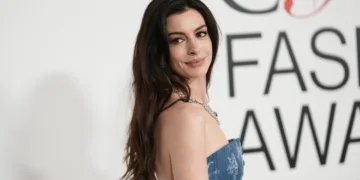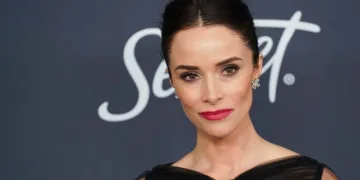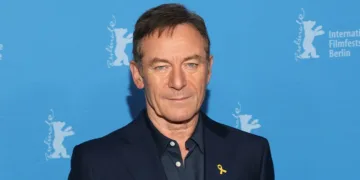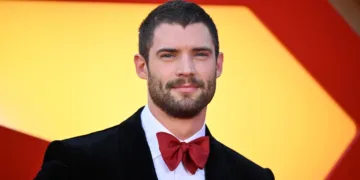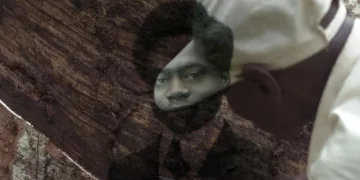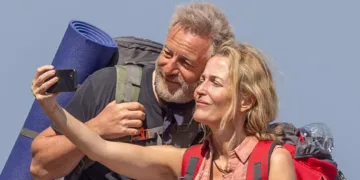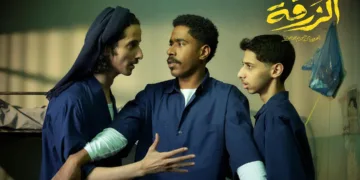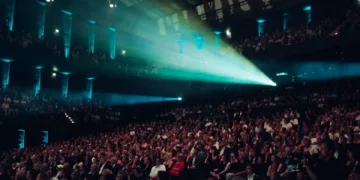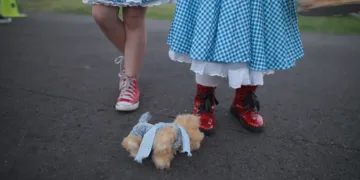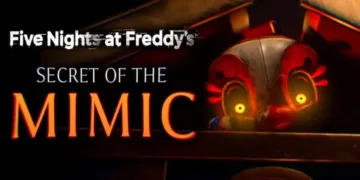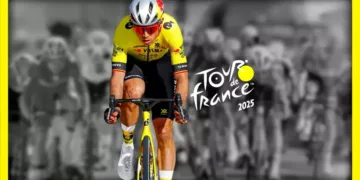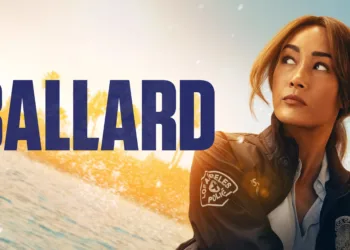The road trip film, a staple of American independent cinema, often serves as a vessel for mending fractured relationships. She Dances takes this familiar premise and imbues it with a quiet, resonant sorrow, echoing the emotional journeys seen in films from Hollywood to the parallel cinema of India.
We meet Jason, a father adrift in his own life, and his daughter Claire, a gifted dancer whose precision on the stage masks a deep emotional wound. Jason is tasked with driving Claire to a pivotal dance competition, a trip freighted with years of unspoken feelings. An almost tangible awkwardness hangs between them, born from a family tragedy that has rendered them strangers in the same car.
The film sets a melancholic yet hopeful stage, suggesting that where words have failed, the shared language of art might offer a path back to one another. It posits that dance, much like the expressive traditions in Indian classical arts, can become a potent form of communication when grief silences every other voice.
An Authentic Father-Daughter Duet
The film’s emotional weight rests entirely on the central pairing of Jason and Claire, brought to life with a remarkable lack of artifice by Steve and Audrey Zahn. Casting a real-life father and daughter provides a foundation of authenticity that feels less like performance and more like a privileged glimpse into a genuine dynamic. Steve Zahn’s Jason is a masterclass in quiet desperation.
He is not a negligent parent but a man lost in his own pain, a figure recognizable in many contemporary family dramas that explore modern masculinity. His fumbling attempts at connection—making small talk about her music, his earnest but clumsy efforts to help—are heartbreaking because they are so relatable. In quiet moments, like his near-panicked search for the right ballroom or the look of pained pride on his face as he watches Claire perform, we see a father’s profound love struggling to find an outlet.
Audrey Zahn’s debut is a revelation of controlled intensity. Her Claire is no simple sulking teenager; she is a young woman who channels her immense sorrow into the rigorous discipline of dance. Her physicality is her vocabulary. This approach recalls the Indian concept of abhinaya, where an artist conveys complex narratives and feelings entirely through expression and gesture.
Her dance performances are the film’s emotional core, a physical manifestation of the turmoil she cannot speak. The forced intimacy of their journey allows their shared history to surface, culminating in a raw confrontation about their loss. This scene is the necessary turning point, transforming their strained silence into a fragile, emergent understanding.
The Supporting Community and the Stage
While the Zahns are the heart of the picture, the supporting cast creates a textured world around them, reflecting a communal spirit often celebrated in global storytelling. This ecosystem of support is vital. Ethan Hawke’s Brian is the essential best friend, the compassionate outsider who sees the family’s pain with a clarity that they themselves lack.
He functions almost as a wise elder, gently pushing Jason towards his paternal duty not with judgment but with empathy. Mackenzie Ziegler gives Kat, Claire’s best friend and dance partner, a genuine warmth and lived-in familiarity. She is the steadfast support system, the confidante who has weathered the storm alongside Claire, and their easy camaraderie provides a necessary sanctuary from the heavier family dynamics.
Their friendship feels authentic and crucial. Rosemarie DeWitt as the ex-wife and Sonequa Martin-Green as the encouraging dance coach appear briefly but effectively sketch out the wider network of care that encircles this broken family. The world of competitive youth dance itself functions as a vibrant, if sometimes stressful, character.
It is an intense, insular society of ambitious parents, fierce-but-friendly rivalries, and glittering costumes. This setting serves to highlight Claire’s profound dedication while simultaneously underscoring Jason’s status as an outsider, a man completely alien to his daughter’s passion. This contrast between the artificial, high-stakes environment of the competition and the raw, authentic emotions of the central characters adds a compelling layer to the story.
The Quiet Craft of Healing
The filmmakers demonstrate a thoughtful approach to visual storytelling, elevating the material beyond its conventional script beats. While the story employs familiar road-trip tropes, the script finds its strength in quiet authenticity and naturalistic dialogue, particularly in the exchanges between the two teenage girls.
It trusts the audience, implying a deep well of history and pain without resorting to clumsy exposition—a mark of mature storytelling. The film’s cinematic language is its true triumph. The creative use of split-screen is particularly effective, visually articulating the parallel emotional states of father and daughter. It shows them apart, microwaving separate meals or watching old videos in different rooms, yet connected by shared memory and feeling.
This technique powerfully captures their simultaneous isolation and intrinsic bond. The camera work during the dance sequences is likewise intelligent, shifting from wide shots that display impressive technical skill to intimate close-ups that focus on Claire’s expressive face, thus marrying pure athleticism with deep artistry.
Furthermore, the inclusion of what appears to be authentic home-video footage adds another layer of tenderness. This documentary-like touch blurs the line between the fictional narrative and the real-life connection of its actors, amplifying the film’s heartfelt quality and making the portrait of a family beginning to heal feel uncommonly sincere.
Full Credits
Director: Rick Gomez
Writers: Rick Gomez, Steve Zahn
Producers and Executive Producers: Jenny Gomez, Mandi Reno, Jenifer Westphal, Steve Zahn, Rick Gomez, Coby Toland, Jason Reed; Executive Producers Jenifer Westphal, Joe Plummer, Roland Kassis, Alyssa Schroeter
Cast: Steve Zahn, Ethan Hawke, Sonequa Martin‑Green, Mackenzie Ziegler, Rosemarie DeWitt, Audrey Zahn
Director of Photography (Cinematographer): David Morrison
Editor(s): Coby Toland
Composer: Joshua Gomez
The Review
She Dances
She Dances rises above its conventional framework on the strength of its two central performances. Steve and Audrey Zahn deliver a profoundly authentic and moving portrait of a father and daughter navigating the chasm of grief. While the script occasionally treads familiar ground, the film’s intelligent direction and heartfelt sincerity make it a powerful and worthwhile exploration of healing. It is a quiet, tender film that finds its power not in grand statements, but in the small, uncertain steps two people take back toward each other.
PROS
- Authentic and deeply moving performances from the real-life father-daughter duo, Steve and Audrey Zahn.
- Intelligent cinematography, particularly the effective use of split-screen to convey emotional parallels.
- A nuanced and sensitive exploration of family grief and reconnection.
- Strong, grounded supporting performances that enrich the central story.
CONS
- The script relies on some predictable road-trip dramedy tropes.
- The overall plot structure can feel familiar to fans of the genre.













